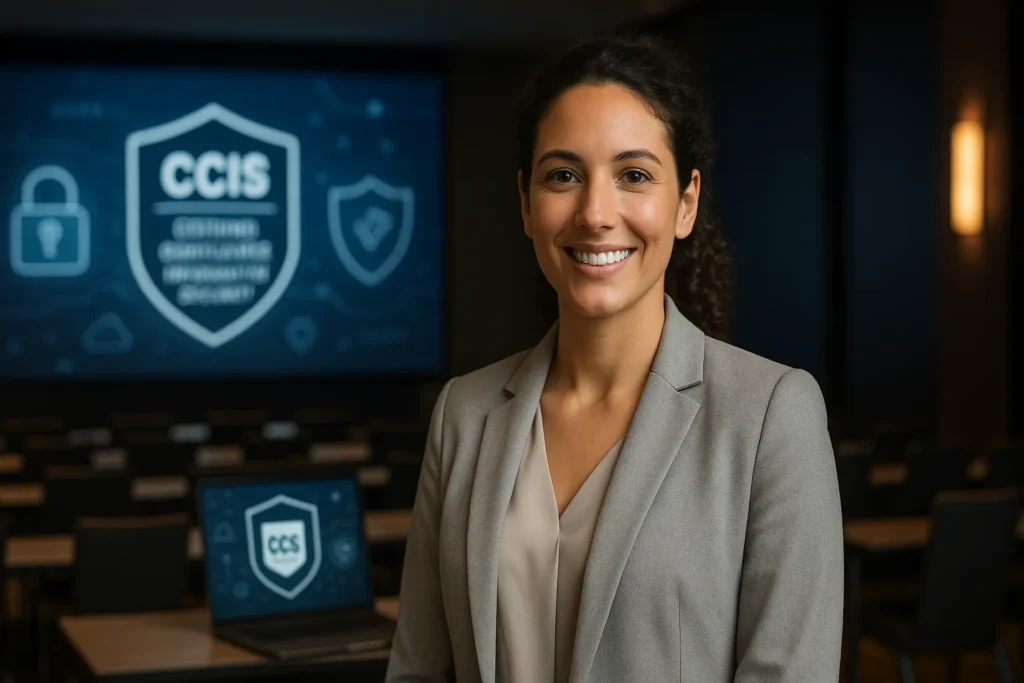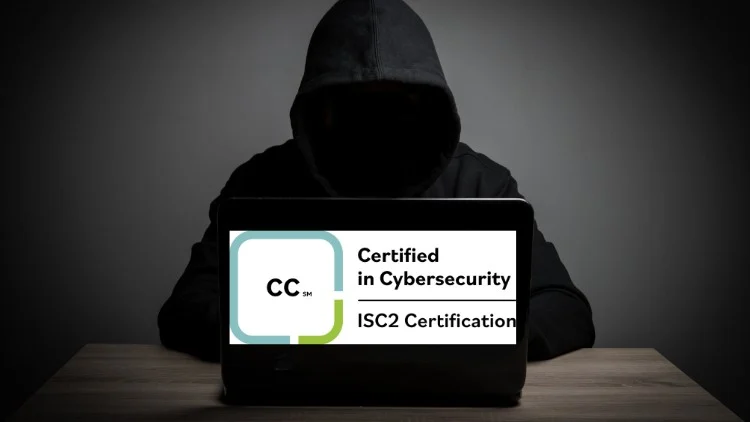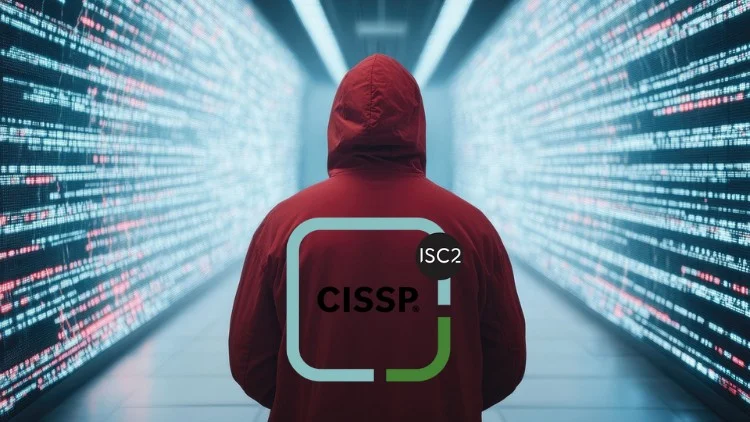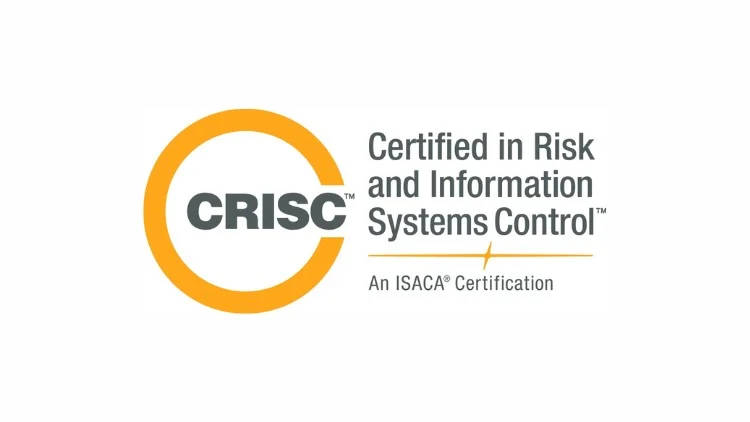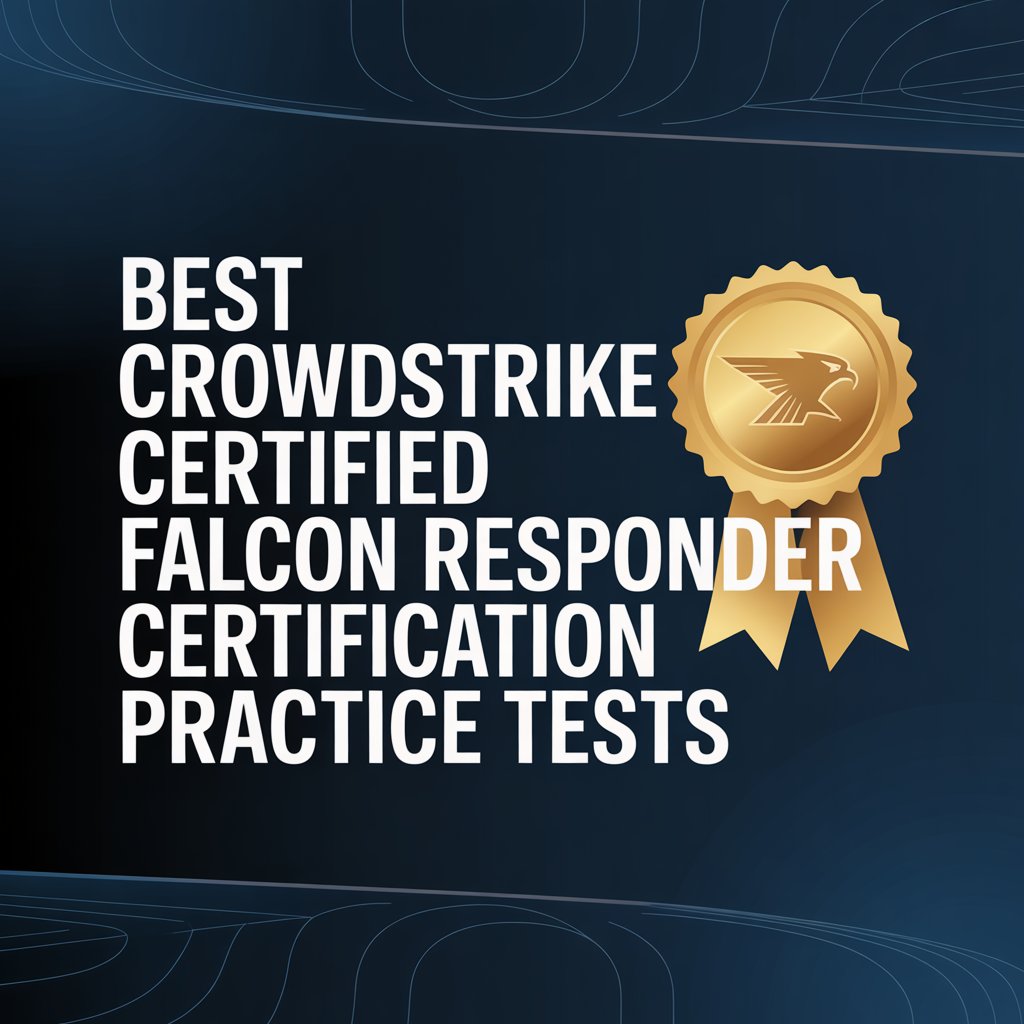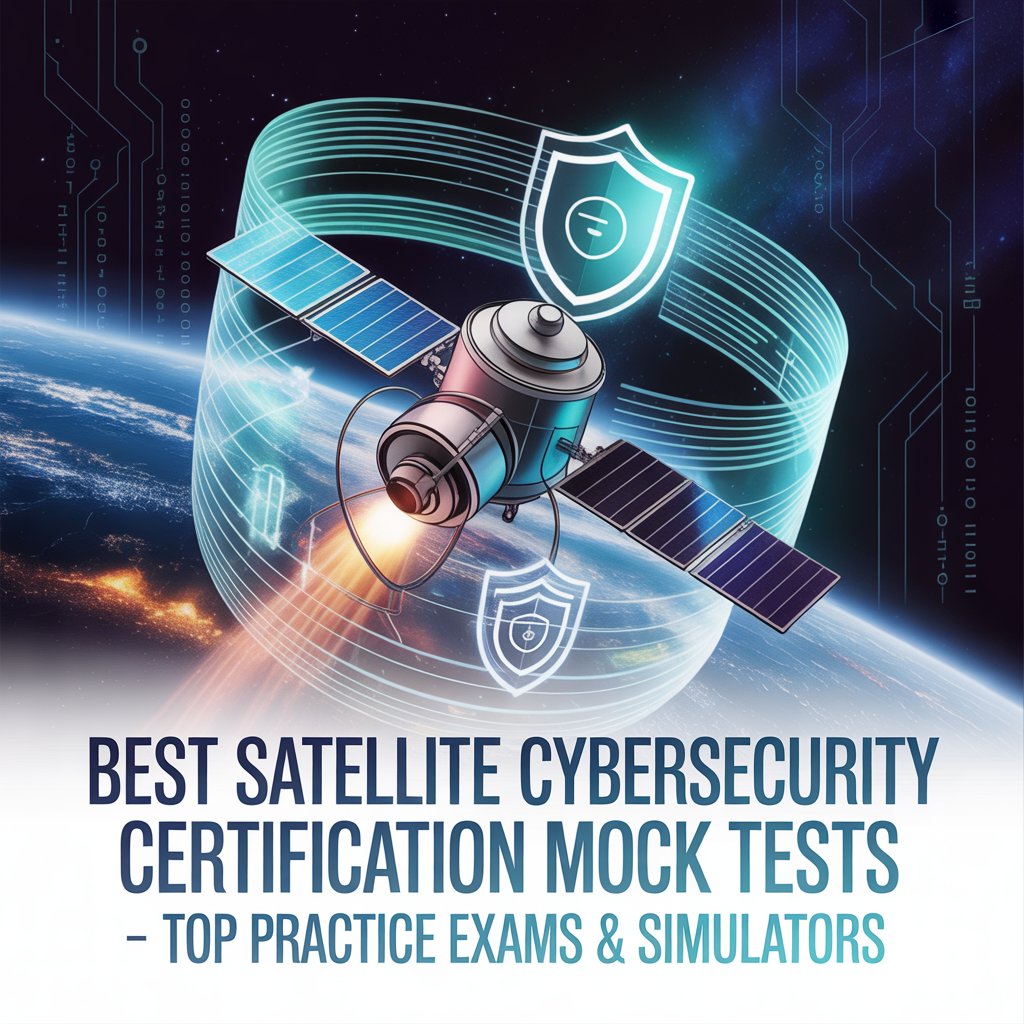Introduction: How To pass the iSC2 CISSP Exam On Your First Try
Did you know that only about 20% of people actually pass the CISSP exam on their first attempt?
Yeah, let that one sink in.
For a lot of professionals, especially those deep in the trenches of cybersecurity roles, that stat feels both daunting and humbling. You’re juggling work, maybe family, definitely a lot of late-night thinking, and then there’s this monster of an exam hovering over you. The CISSP isn’t just another technical test—it’s a comprehensive challenge that gauges not only what you know but how you think and lead.
Here’s the good news: it’s completely doable. Especially if you have a plan that fits around your life and focuses on results, not burnout. So whether you’re already weeks into your CISSP exam preparation, or you’re just now taking the plunge, this guide will help you get it right—the first time.
In this blog, you’ll discover five real-world strategies that come straight from those who’ve walked the path, stumbled a few times, and still made it through. These aren’t magic tricks. They’re just things that work:
- Crafting a flexible, practical study roadmap
- Using practice tests for more than just scores
- Focusing on the right domains at the right time
- Training your brain to eliminate wrong answers under pressure
Leaning on peers, mentors, and communities when it counts most
And because I know how cluttered the internet is with CISSP content, I’ll also show you how tools like Gururo (yeah, I said it) can be a legit game-changer when it comes to reliable, scenario-based learning materials.
If you’re asking yourself how to pass the CISSP exam on your first try, you’ve come to the right place.
Let’s get to it!
1. Don’t Study Hard. Study Smart
You can spend 200 hours reading everything under the sun and still walk into the CISSP exam unprepared.
Why?
Because reading isn’t the same as understanding. And without a smart plan, you’ll fall into the trap most people do: spending time on what feels easy and neglecting the stuff that matters.
Know Where You Stand
Before you commit to any study routine, take a diagnostic test. Not just one with random trivia—look for one that breaks things down domain by domain. That clarity will show you exactly where to focus.
Look at your results and create a mini SWOT analysis for yourself:
- S: Strongest domains (You can review these lightly)
- W: Weak areas (Need deep focus)
- O: Opportunities (Domains where small effort gives big gains)
T: Traps (The tricky ones where you keep second-guessing)
Plan It Out (Without Burning Out)
Let’s say you’re aiming for the best CISSP study plan 2025 has to offer. Here’s what it needs:
- 10 weeks total
- 2-3 hours per weekday
5-6 hours on weekends (with breaks!)
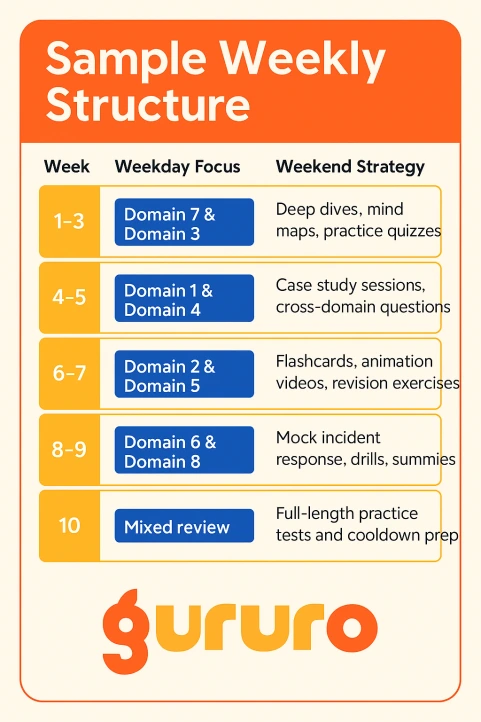
Use spaced repetition for lists (like control families or access models) and techniques like the Pomodoro Method (25 minutes study, 5 minutes break) to keep your brain sharp.
Mix Up Your Study Tools
Don’t just read. Your brain needs variety:
- Watch YouTube explainers.
- Use official textbooks and scenario flashcards
Teach a friend what you just learned (if they get it, so do you)
This is especially helpful for CISSP preparation strategy for working professionals who don’t have time to waste on low-retention study methods.
2. Practice Tests Aren’t Optional
You might be tempted to save practice tests for the end of your study journey. Don’t.
They’re not just for checking your knowledge. They build it.
The right tests will:
- Mirror the actual exam’s scenario format
- Train your brain to read, analyze, and eliminate quickly
Reveal gaps you missed during reading
Checklist for Good Tests:
- 500+ practice questions
- Coverage of all eight domains
- Timed and untimed modes
Feedback for every choice—not just the right one
Gururo offers exactly this. The feedback is clear, the 700+ questions feel real, and the explanations are gold. If you’re someone looking for CISSP exam success stories first attempt, you’ll find that most high scorers mention how mock tests changed their prep game.
Pro Tip: After each test, journal your mistakes. Not just what the right answer was, but why your answer was wrong. This habit rewires your thinking.
👉 Take Gururo’s practice Tests to check your exam readiness.
3. Focus on What Matters Most
Some domains appear more frequently on the exam. But they’re also the ones many people under-prepare for.
If you want effective CISSP domain study techniques, start with this:
Prioritize Domains 1, 3, and 7.
Here’s why:
- Domain 1 (Security & Risk Management): It’s the foundation. Most scenario questions start here.
- Domain 3 (Architecture & Engineering): Think encryption, protocols, and secure design.
Domain 7 (Security Operations): Where incident response, monitoring, and disaster recovery live.
How to Approach These:
Use case studies to understand Domain 1. Real policies, governance frameworks, and legal standards.
For Domain 3, go hands-on if possible. Visualize architectures, draw diagrams, compare encryption methods. With Domain 7, simulate incidents. Play out what you’d do as the lead of a response team.
These three areas are the heartbeat of CISSP. Mastering them often means mastering the test.
4. Learn to Think Like a Test Writer
Sometimes, you know the material… but you still pick the wrong answer.
Why?
Because CISSP questions are often written in a way that tests judgment more than memory. The solution? Eliminate, don’t guess.
Here’s how:
- Rule out any answer that doesn’t directly align with the question’s scenario
- Eliminate technically correct answers that are wrong from a leadership/security POV
Re-read the question. Look for key words like “first,” “best,” or “most important“
Example:
Question:
“Your organization faces a zero-day exploit through a third-party vendor. What’s your FIRST response as CISO?”
Options:
A) Notify stakeholders
B) Shut down vendor systems
C) Activate IR plan
D) Patch systems immediately
Correct: C
Why?
Because IR (Incident Response) comes first. Patching isn’t realistic if you don’t know the full scope. Shutting down can wait until a triage. Elimination wins here.
Practicing elimination strategies is one of the most underrated effective CISSP domain study techniques.
Are you ready to take the ISC2 CISSP exam? Not sure?
Take Gururo’s ISC2 CISSP Practice Tests with 700+ Practice Questions to check your readiness
5. Lean on People. You’re Not Alone
You’re not the first person to take this test. And you definitely won’t be the last.
There are incredible communities full of insights, strategies, and encouragement. Whether you’re a night owl, a full-time parent, or a manager trying to squeeze in weekend prep—there’s someone out there just like you who made it.
Communities Worth Joining:
- Reddit’s r/cissp
- LinkedIn CISSP Groups
- TechExams Forum
Mentorship Bonus:
Find a CISSP-certified pro on LinkedIn or through study groups. Buy them a coffee or offer a trade (maybe you help them with something they’re learning, too). You’d be surprised how many people love to give back.
One of the best CISSP preparation strategy for working professionals is accountability. Having someone to check in with each week changes everything.
Conclusion: Your CISSP Journey Starts Today
You started this blog with a simple question: how to pass the CISSP exam on your first try.
Now you have five tested, practical answers:
- Make a plan that fits your life and targets the right areas
- Use practice tests early and often—and learn from your mistakes
- Focus on Domains 1, 3, and 7 like your success depends on it (because it might)
- Use elimination logic to your advantage under pressure
Don’t isolate yourself. Learn with others, and grow with feedback
This isn’t about perfection. It’s about progression. Even the most experienced security pros fail this exam when they don’t prep with strategy. So take a breath, commit to the journey, and lean on tools that make it easier.
If you’re feeling unsure where to start, Gururo offers CISSP exam preparation that doesn’t just follow a checklist—it gets you to think like a leader. And in the world of CISSP, that mindset is everything.
Take the first step. Block off time. Pick your tools. And remind yourself why you’re doing this in the first place.
You’ve got this.
Additional Resources
FAQs
How long to study for CISSP?
3-6 months, depending on your experience.
Are practice tests enough for CISSP exam?
Nope, mix them with guides and videos.
Is the CISSP exam adaptive?
Yup, it shifts question difficulty based on your answers.
Is the CISSP exam difficult to pass on the first try?
Yes, it’s considered challenging, but with the right strategy, many pass on their first attempt.
What’s the best CISSP practice test?
Choose practice tests like Gururo’s that offer scenario-based questions and detailed answer explanations





